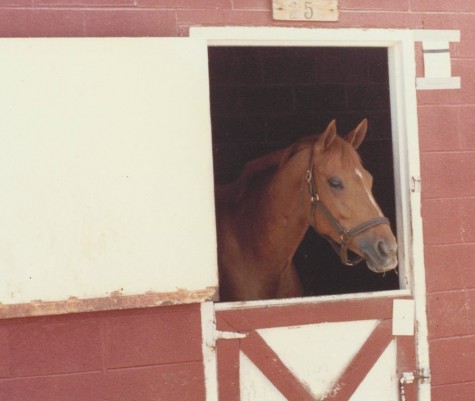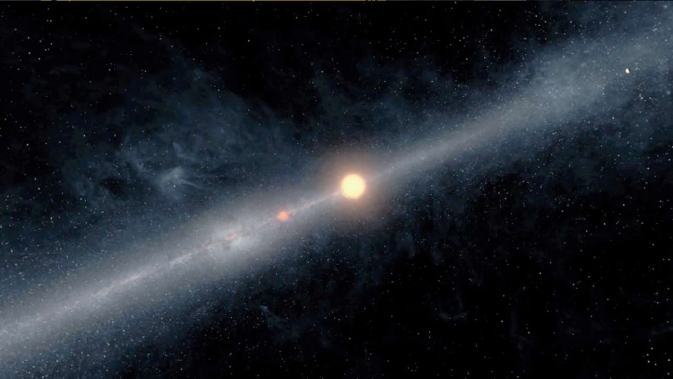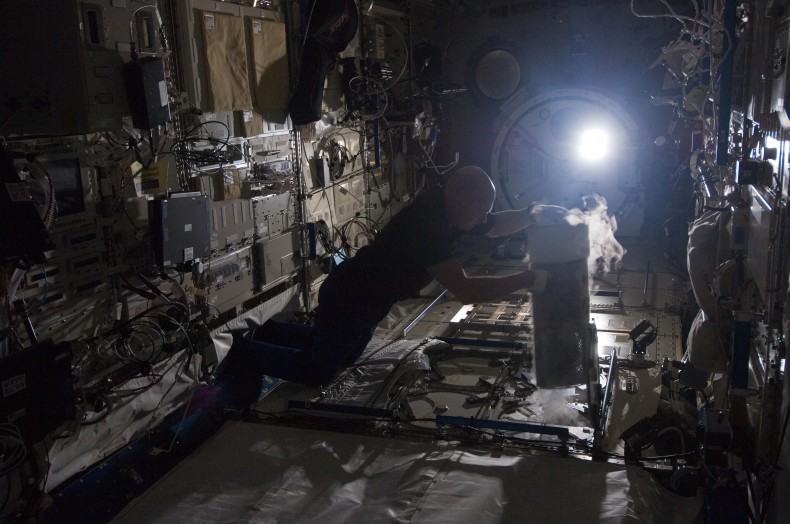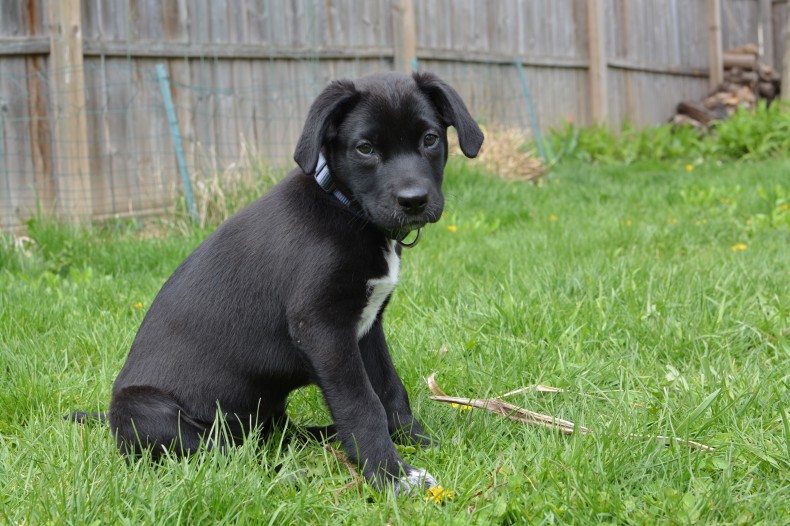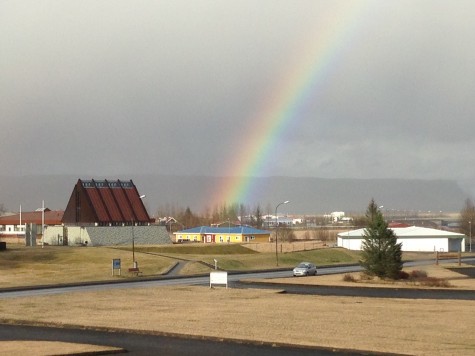
June 2-6, 2014
This week began with cosmic conundrums.
Jessa looked at the maladies astronauts suffer after long periods in zero gravity. For Mars-bound explorers of the future, the toll on their bodies–and their psyches–is unknown. “Travelers won’t even see stars. Outside the window, there will be blackness. Utter blackness.”
And Ann wrestled with what to name the planets beyond our reach. The problems: There are at least 5,000 of them (“probably the thin edge of a fat wedge”); we’ve used up Greek, Roman, Gallic, Norse and Inuit gods; and we’ve still got to figure out a naming process. Her suggestion: “I kind of like 51 Peg’s Lucille. SDSS J102915+172927’s Oliver.”
Then we turned to more terrestrial predicaments. Today is the Belmont Stakes, an annual thoroughbred horse race that’s the third jewel of the coveted Triple Crown. Guest poster and horse lover Jeanne Erdmann won’t be watching it. “Thoroughbreds run because they love to run. They race because we ask them to. We should stop asking.”
I even looked underwater to find a dilemma to explore. Well, underwater and on the dinner table–researchers are starting to use restaurant menus to figure out how fish species fared in the past.
But the week ended with a rainbow from guest posters Alexandra Witze and Jeff Kanipe: a spectacular display of the aurora borealis and an even more spectacular melding of two different time periods in an Icelandic village that was almost destroyed by lava during a volcanic eruption in 1783. Their book Island On Fire tells the story of the widespread, long-lasting effects of this natural disaster; their post describes the uncanniness of returning to the village this spring, and finding a place they’ve “come to love in both the past and present.”
*
photo of a fortuitous rainbow in Klaustur, Iceland by Witze and Kanipe.
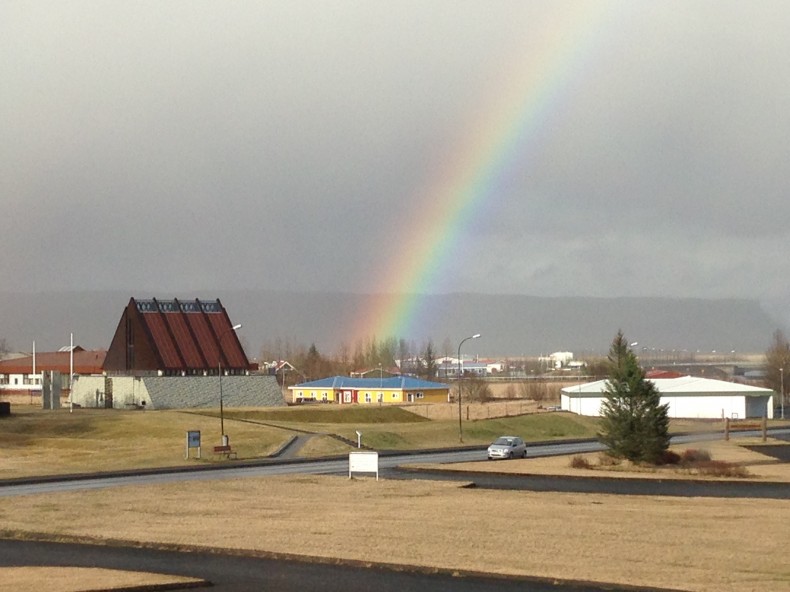
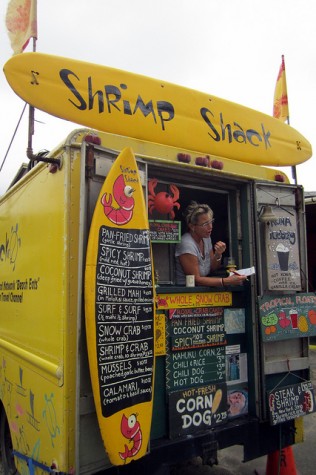 A local restaurant reviewer has a monthly feature in which he lists openings and closings of eateries around town. The list only contains the restaurants’ names and addresses, which always seems especially stark when it comes to the places that have shut their doors.
A local restaurant reviewer has a monthly feature in which he lists openings and closings of eateries around town. The list only contains the restaurants’ names and addresses, which always seems especially stark when it comes to the places that have shut their doors.